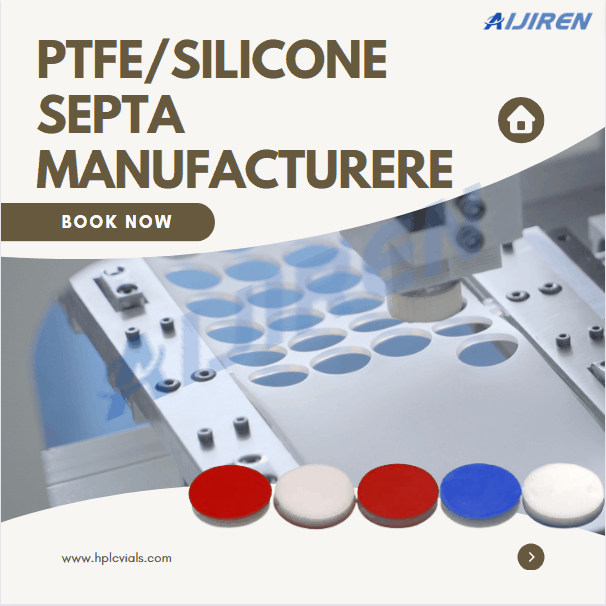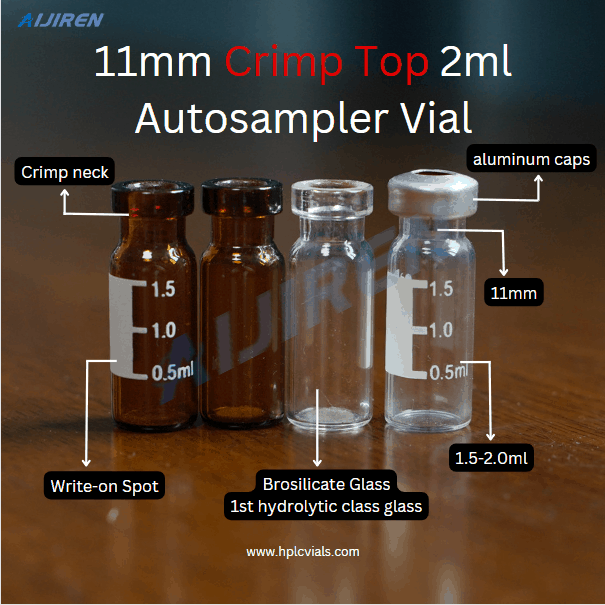Chromatographic separation principles(Ⅰ)
The basic principle of separation of chromatography: when each component dissolved in the mobile phase passes through the stationary phase, it interacts with the stationary phase (adsorption, distribution, ion attraction, exclusion, affinity) The sizes and strengths are different, and the residence time in the stationary phase is different, so they flow out of the stationary phase one after another. They are also known as chromatography and chromatography.
⭐ The first one is liquid-solid chromatography
Liquid-solid chromatography uses solid adsorbents for separation. The separation prototype of the separated components on the chromatographic column is based on the difference in the adsorption force of the fixed-phase components.
This separation process is an adsorption-desorption balance process.
In liquid-solid chromatography, commonly used adsorbents are silica gel or alumina. The particle size is 5-10μm.
This separation method is suitable for separating components with a molecular weight of 200-1000 and is mostly used to separate non-ionic compounds. Using this separation method to separate ionic compounds can easily cause tailing.
This separation method is often used to separate isomers.
⭐ The second type, liquid-liquid chromatography
The separation principle of liquid-liquid chromatography is based on the different solubility of the separated components in the mobile phase and the stationary phase so that the separated components are separated. This separation process is a distribution balancing process.
This separation method is to use a specific liquid substance to coat the surface of the carrier, or chemically bond to the surface of the carrier to form a stationary phase.
Coating fixation (the first method of operation) is rarely used nowadays.
Nowadays, chemically bonded stationary phases are mostly used in the industry, such as C18, C8, amino column, cyano column, and phenyl column.
Liquid-liquid chromatography can be divided into normal-phase chromatography (NPC) and reversed-phase chromatography (RPC) according to different models of stationary phase and mobile phase. Among them, normal phase chromatography is often used to separate moderately and highly polar compounds (such as phenols, amines, carbonyls, amino acids, etc.). Reversed-phase chromatography (RPC) is the most widely used in modern liquid chromatography. According to statistics, it accounts for about 80% of all HPLC applications.
With the rapid development of column packing materials, the application range of reversed-phase chromatography has gradually expanded, and it has now been applied to the analysis of some non-polar samples or easily dissociated samples.
Back to List
-
 下午4:09Weighing the Pros and Cons of PTFE/Silicone Septa
下午4:09Weighing the Pros and Cons of PTFE/Silicone Septa -
 下午4:05Decoding Vial Discard Guidelines: Ensuring Precision in Chromatography
下午4:05Decoding Vial Discard Guidelines: Ensuring Precision in Chromatography -
 下午5:01Navigating Micro Inserts for HPLC Vials: A Comprehensive Guide
下午5:01Navigating Micro Inserts for HPLC Vials: A Comprehensive Guide -
.jpg) 下午2:02Common faults and solutions of automatic samplers(2)
下午2:02Common faults and solutions of automatic samplers(2) -
 下午5:08Ensuring Sample Integrity: Navigating EPA Storage Vials Stability Guidelines
下午5:08Ensuring Sample Integrity: Navigating EPA Storage Vials Stability Guidelines

